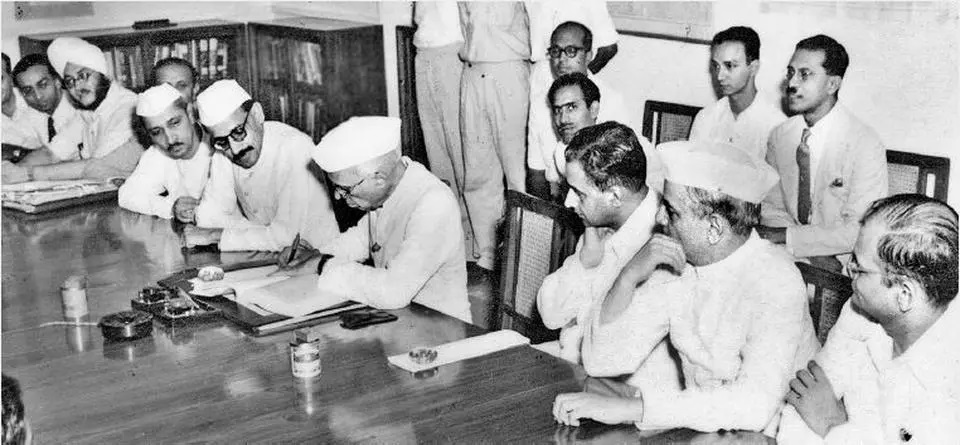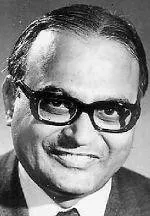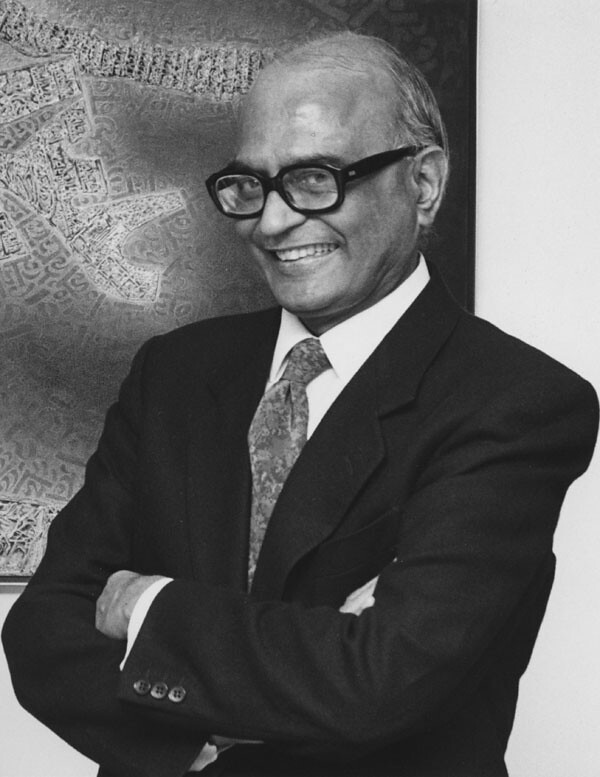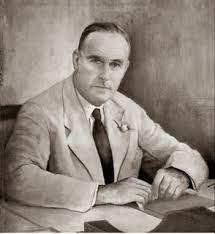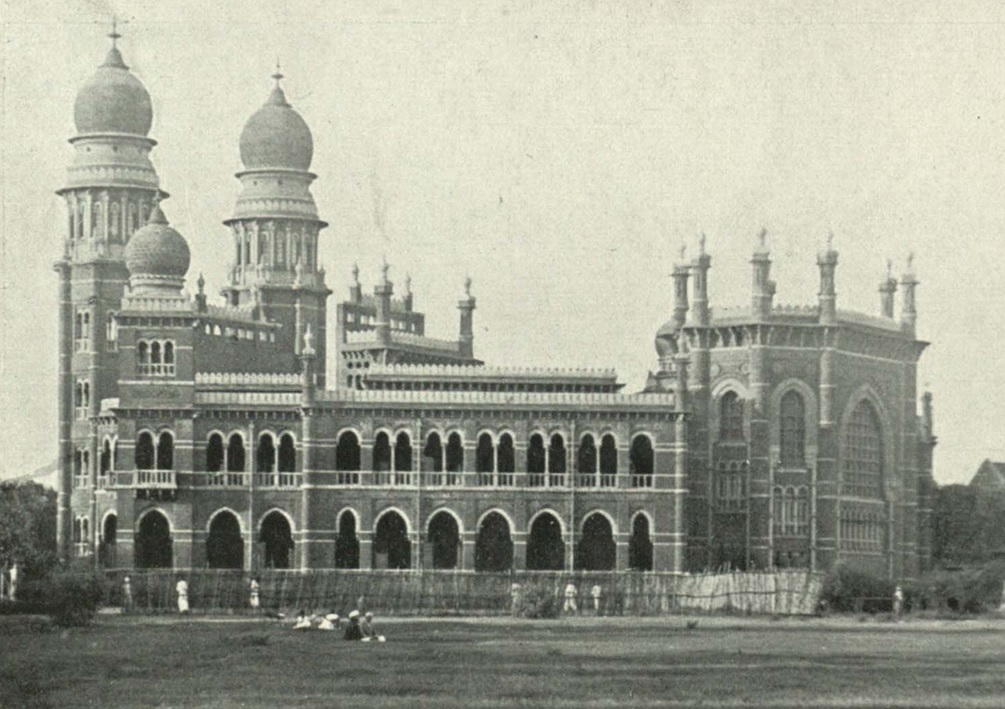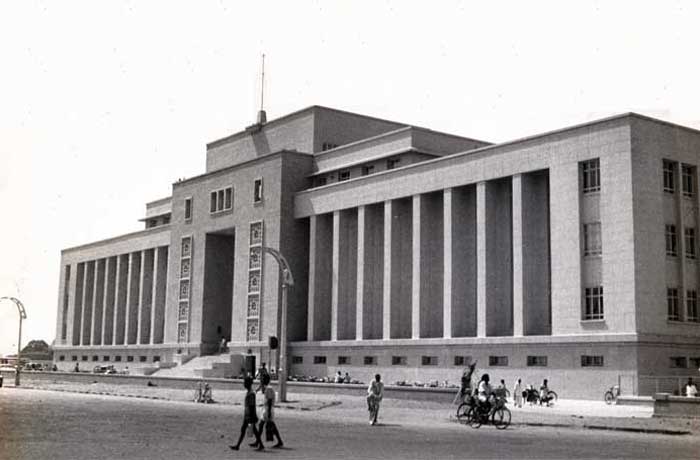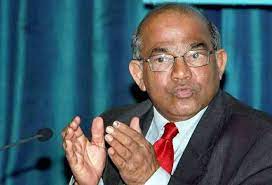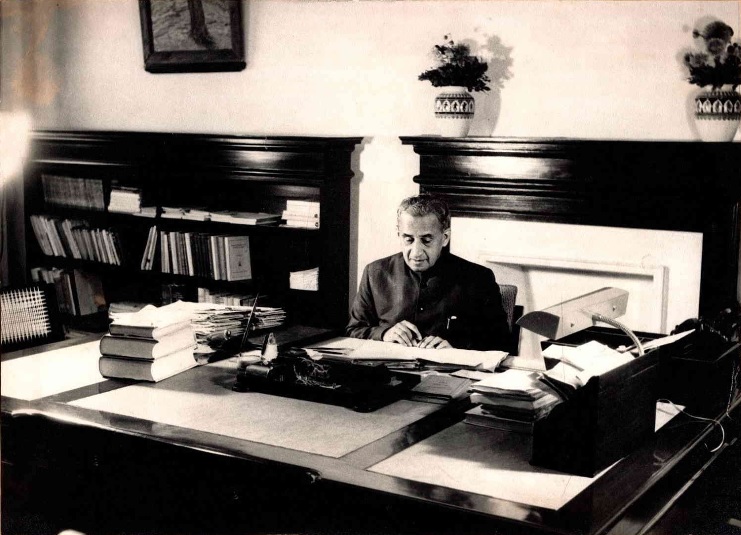
In an earlier post on CD Deshmukh, I drew on his life and career in the context of his abiding interest in botany and of horticulture (see here). Here, I describe in greater detail, his professional career, almost devoid of personal references. A much shorter version, about one fifth in length, appeared in an online encyclopaedia of Indian economists (see here). Continue reading “The many careers of CD Deshmukh”
![]()
